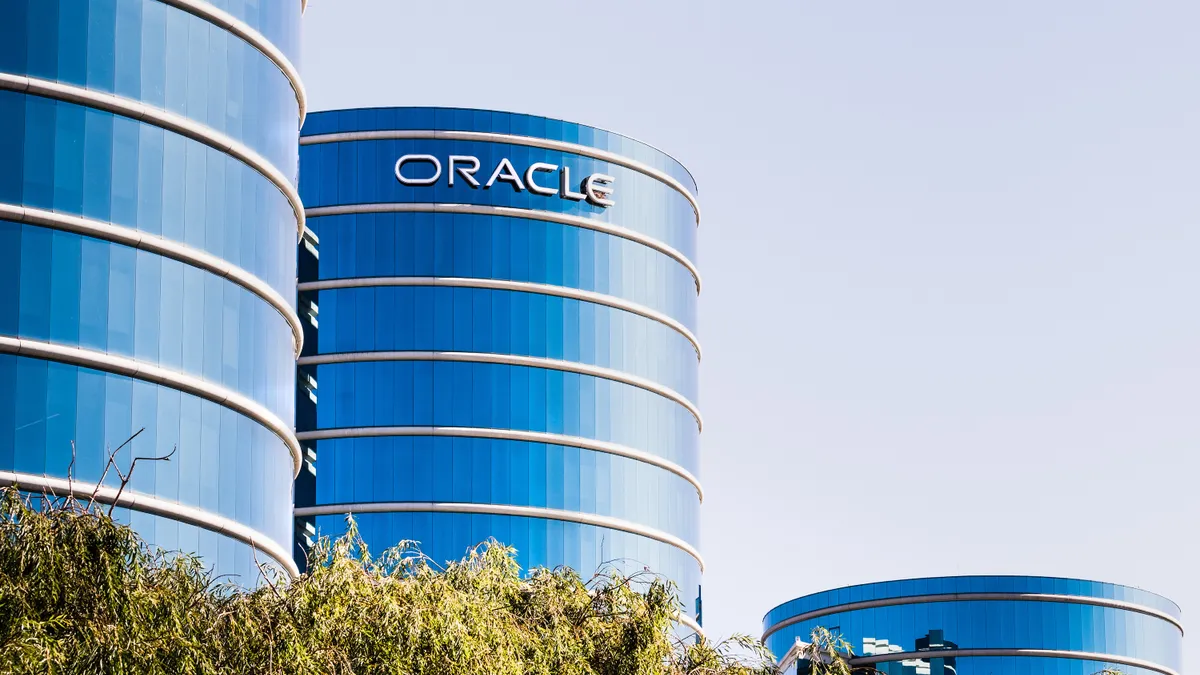If you’ve ever sat down to discuss the role of technology in benefits and the future impact of artificial intelligence, machine learning and big data in furthering the profession, you’ve probably felt overwhelmed.
After all, who has time to think about the leaps made by algorithms and bots when you’re an HR professional, especially around this time of year?
HR tech vendors and experts understand that. And that understanding comes just as much from their knowledge of your employees as their knowledge of your concerns. At a base level, employees just want programs that make the most important questions easier to answer. For example:
- What will my dependents and I pay out-of-pocket when (insert health problem) happens?
- Should I stick with a PPO, or would I save more with a high-deductible plan?
- Where and how can I take advantage of wellness incentives?
The important thing to remember, regardless of the benefits partners you have, your relationship with your broker or the technology you choose to implement, is that people need their questions answered as painlessly as possible. That’s the biggest driver of meaningful tech trends in today’s space, sources told HR Dive.
Think mobile-first, but people-centric
Business is driven by purpose. Benefits shouldn’t be any different. When evaluating your enrollment strategy, start with what your employees need, lest they feel confused or intimidated. That's what the push for literacy during benefits selection is truly getting at, said Kim Buckey, VP of client services at employee engagement firm DirectPath.
"If employees can't understand how to choose their benefits once they've elected it, then the employer is not getting their bang for their buck," Buckey told HR Dive, "and it's going to affect both the employer and the employee's wallet down the line."
Whether you’re planning on introducing a new app, chatroom or web portal, keep in mind the importance of tailoring the process to individual needs. To accomplish this, consider segmenting employee groups, just as a marketer would. Start with the frequently asked questions, based on your benefits experience with your particular population, and work from there.
"The top engagement mobile applications follow a pretty simple formula," said Eric Helman, chief strategy officer of enrollment firm Hodges-Mace. "They give you things that you want to access more frequently, give you things that you need to know."
So where is the industry trending toward on a platform basis? Due to the changes ushered in by millennials, sources seemed to converge on smartphones, even if it’s apparent that desktops and in-person talks haven’t fully gone away.
“The ability to talk to someone about what those benefits are is key,” said Michael Hough, executive VP at Advance Medical. Others agreed, stressing that one-on-one sessions mirror the same concept behind popular enrollment apps. Buckey says the push for face time between employees and enrollment partners is a useful remnant of past strategy.
"Back in the day, you'd be able to get that from your HR or benefits department, or you'd be able to get that from your manager," she said. "In today's workforce, we just can't do that anymore."
Encourage interactivity
Unfortunately, some old habits probably should die hard. The days of dense booklets and stale PowerPoint presentations outlining every single detail about an organization's benefits package are still a reality for some workers.
Alternatively, Buckey said, some of the more common solutions out there include digital enrollment guides, which contain useful click-throughs and actionable items; they also keep every piece of material in one convenient place. That might include links to short video clips and even forms — like an evidence of insurability (EOI) form — to improve usability.
"We say you should not be looking at open enrollment any different. It should be part of a continuum."

Dinesh Sheth
CEO, Green Circle Health
Decision-support tools have gained popularity as a way to limit options to only those that fit particular employees closely, but Buckey cautions that they may not be enough in addressing acute problems.
"To support those tools, there's a lot more interest in one-on-one support," she said, "where you might have someone either calling in or meeting with a benefits educator who can answer the 'stupid' questions that they don't want to ask in front of their co-workers."
Transparency is an important value in the process, too. In that respect, David Reid, CEO of EaseCentral, sees a perfect storm: A generation of workers who want transparency meets a technological boom that enables business to do just that.
"This is a group that the concept of not having a smartphone connected to the internet is a phenomena that they've never lived through," Reid said. "So their perception and orientation is different. And the best way to communicate with that generation is through the internet and multiple channels, mobile being a critical part."
Put data into action
HR companies stockpile a considerable amount of data year-round, and that’s driven an interest among observers as to how to put that information into use.
The high-profile examples are out there. Take IBM’s Watson, which is using a conglomeration of claims data to help patients determine a path of treatment for critical conditions based on what others have done. Machine intelligence shows promise for the future of employee benefits, even if the applications are still in their infancy.
“Technology is playing an increasingly important role in how benefits are delivered, especially on the healthcare side of things,” said Hough. “One of the things we’ve invested heavily in is making sure that everyone we’re working with has access to their medical records.”
There is clinical value to having people understand their medical record, Hough said, but this also appeals to employers' drive to encourage good consumer behavior among employees when it comes to healthcare benefits. This access also speaks to the importance of improving the employee experience.
One size does not fit all
The difference in the enrollment experience even between two very similar employers can be staggering. Hough explained an observation he made about two tire manufacturers in the same geographical area with similar workforces. The first, he said, had high benefits engagement with strong attendance at company health fairs. The other had very little engagement.
"The difference between those two groups of employees," he concluded, "is whether they trusted their employer to provide benefits that were meaningful."
What works for one worker population won't cut it for another. That's an important lesson for benefits managers in an era when core offerings have become especially homogenized. One big differentiator is the area of voluntary benefits, like student loan repayment and critical illness packages. Yet another are wellness programs. But it's not enough to focus attention on such programs at only point in the year, said Dinesh Sheth, CEO of Green Circle Health.
"The real goal is not really short-term, not what’s happening this quarter," Sheth said. "How do you go about maintaining the culture?"
If something works for one or more of your employees, encourage that positive feedback and spread the word (provided confidential health information is kept private, and employees are willing to talk about what worked for them). In the Amazon culture, year-round promotion and testimonials are an important contributor to engagement.
"We say you should not be looking at open enrollment any different," Sheth said. "It should be part of a continuum."






















